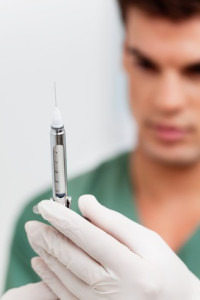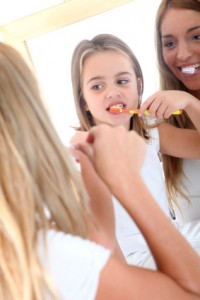Should I Go Electric? The high price tag that comes along with an electric toothbrush often gets people asking “Is it really worth it?” There are many benefits to using an electric toothbrush. Electric toothbrushes minimize technique errors that occur with manual toothbrushes. People often miss hard to reach areas because they are rushing or just don’t know proper brushing technique. Electric toothbrushes are designed so that all you have to do is position the toothbrush head in the proper areas and it will do all the work for you by performing the proper brushing motions on its own. When positioning the brush head, you want to feel it between the teeth and also along the gum line. Electric toothbrushes can help remove or prevent surface staining. Who doesn’t want whiter teeth? It also lowers your risk for toothbrush abrasion. People typically brush too hard and for too short of a period of time. With built in timers, the toothbrush will let you know when it’s time to move on to another area. And with the toothbrush doing all the work, you can stop all that forceful scrubbing.
Philips Sonicare vs Oral-B Spinbrush
I am partial to the Philips Sonicare because of the toothbrush head shape and brushing motion, but this is really just a personal preference. Both work great. You just have to pick which better suits you.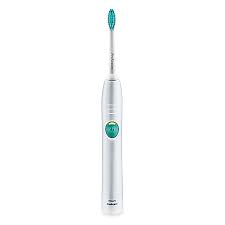
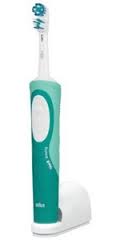 ]]>
]]>



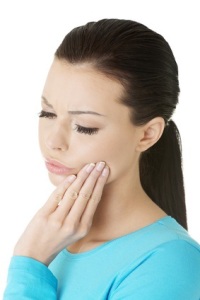
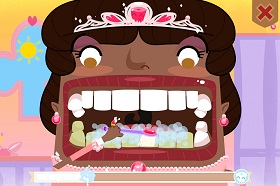 The Academy of General Dentistry just released a free interactive game: Toothsavers, available online as an app for Android and iOS devices. The game is for ages 3-6 and was designed to get kids in the routine of brushing twice a day for two minutes each time. As many of you know well, it is a very daunting task at times to motivate children to take care of their own teeth. Any feedback on the use of this app and how it is working with your kids would be greatly
The Academy of General Dentistry just released a free interactive game: Toothsavers, available online as an app for Android and iOS devices. The game is for ages 3-6 and was designed to get kids in the routine of brushing twice a day for two minutes each time. As many of you know well, it is a very daunting task at times to motivate children to take care of their own teeth. Any feedback on the use of this app and how it is working with your kids would be greatly 

